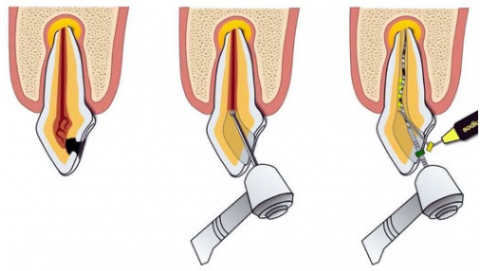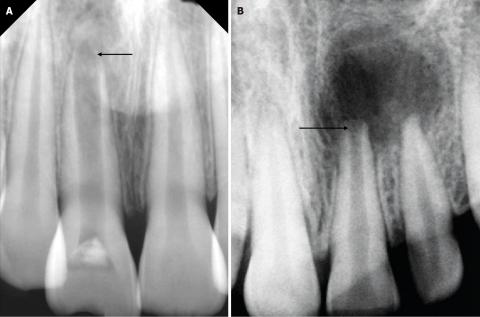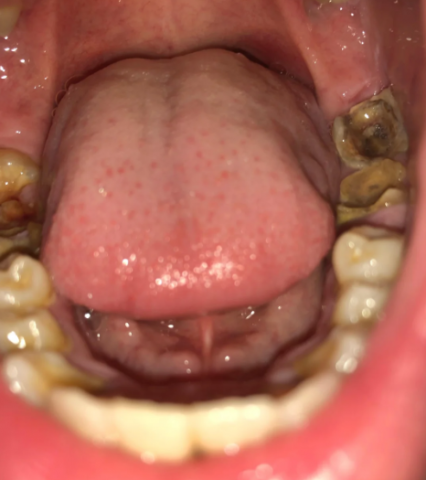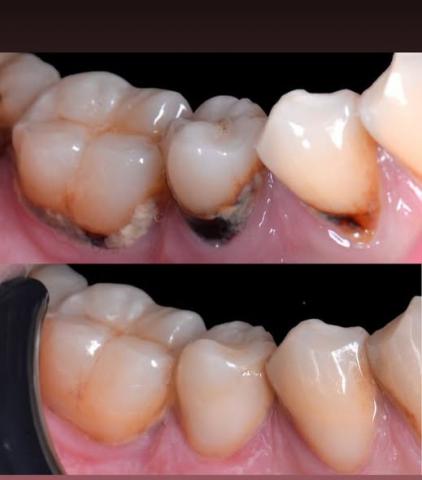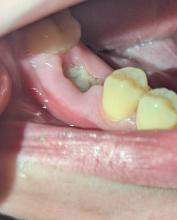Healthy Teeth, Happy Life.
Critical
Severity:
Teeth Problems:
Periapical Radiolucency Explained: Causes, Diagnosis, and Fastest Treatment for Apical Infection
Severity:
Teeth Problems:
Periapical Radiolucency Case: Apical Infection, Bone Loss, and 14-Day Healing Guide
FULL ANALYSIS (X-RAY INTERPRETATION)
1. Radiolucent Lesion at the Apex
Both Image A and Image B show a dark, well-defined radiolucent area surrounding the root apex of one of the anterior teeth. This appearance is consistent with:
-
Periapical abscess
-
Periapical cyst
-
Chronic apical granuloma
-
Chronic apical periodontitis
Severe Lower Molar Decay: Urgent Restoration and Gum Care Needed
Severity:
Teeth Problems:
Severe Lower Molar Decay: Urgent Restoration and Gum Care Needed
Case Type: Advanced Dental Caries and Calculus Accumulation
Full Analysis and Diagnosis
Upon examination, the posterior molars exhibit:
-
Extensive caries (tooth decay) on both left and right sides.
-
Possible pulp involvement — dark discoloration and cavity penetration indicate the decay may have reached the pulp chamber.
Cervical Caries Explained: Why Decay Forms Near the Gum Line, Not in Pits and Fissures
Severity:
Teeth Problems:
Case Analysis: Cervical Caries (Zoom 100%)
In this dental case, decay is visible near the cervical area — the region where the crown of the tooth meets the gum line — rather than on the chewing surface or fissures. Cervical caries are often overlooked, but they can progress silently and cause significant tooth sensitivity or even nerve damage if untreated.
Wisdom Tooth Impaction: Why Early Removal Matters for Your Oral Health
Severity:
Teeth Problems:
Case Analysis:
Upon examining the dental X-ray, it shows a partially erupted third molar (wisdom tooth) that is horizontally impacted against the adjacent second molar. This type of impaction is known to cause several complications if left untreated.

